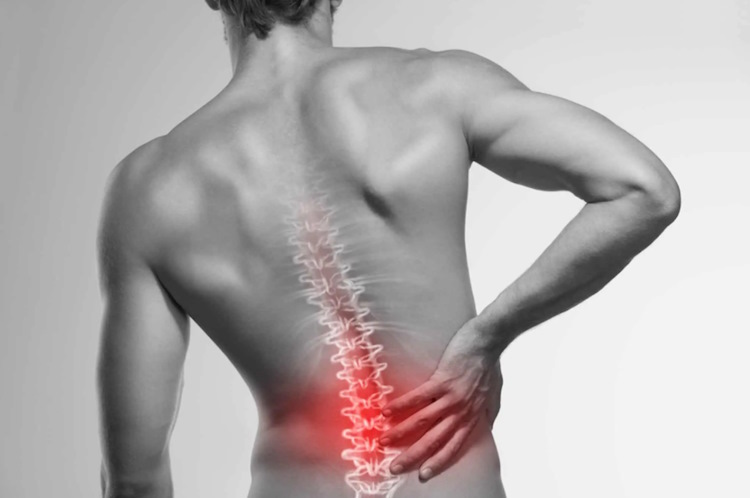How to train your calves like a beast
Calves are the bane of many bodybuilders’ existence. They are stubborn, resistant, and hard to grow. No matter how much you train them, they seem to stay the same size or even shrink. You might have tried every calf exercise in the book, from standing and seated calf raises, to box jumps and leg press calf raises, but nothing seems to work. You might have even resorted to wearing long pants or socks to hide your chicken legs.
But don’t despair. There is hope for your calves. In this article, I will share with you some advanced cutting edge training techniques that will shock your calves into growth. These techniques are not for the faint of heart or the weak of will. They will challenge you physically and mentally, and make you question your sanity. But if you follow them consistently and diligently, you will see results.
Here are some of the best advanced training techniques for calves:
Blood Flow Restriction (BFR) Training
This technique involves wrapping a band or a cuff around the top of your lower leg, just below the knee, to restrict blood flow to your calves. This creates a hypoxic environment that stimulates muscle growth and strength by increasing metabolic stress and activating more muscle fibers.
To perform BFR training, you need to wrap the band or cuff tightly enough to reduce blood flow by about 50%, but not so tight that you cut off circulation completely. You should feel a slight tingling or numbness in your calves, but not pain or discomfort.
Then, you perform high-rep sets (15-30 reps) of calf exercises with light weights (20-30% of your 1RM) and short rest periods (30 seconds or less). You can use any calf exercise you like, such as standing or seated calf raises, donkey calf raises, or machine calf raises.
You can do 3-4 sets per exercise, and 1-2 exercises per session. You should only do BFR training once or twice a week, as it is very taxing on your muscles and nervous system.
Drop Sets
This technique involves performing a set of calf exercises with a heavy weight until failure, then immediately reducing the weight by 20-30% and performing another set until failure, then repeating this process until you reach the lightest weight possible.
This creates a lot of muscle damage and fatigue, which triggers muscle growth and strength by increasing protein synthesis and hormonal response.
To perform drop sets, you need to have several weights ready before you start your set, or use a machine that allows you to quickly change the resistance. You can use any calf exercise you like, such as standing or seated calf raises, donkey calf raises, or machine calf raises.
You can do 1-2 drop sets per exercise, and 1-2 exercises per session. You should only do drop sets once or twice a week, as they are very demanding on your muscles and recovery.
Plyometrics
This technique involves performing explosive jumps that involve your calves, such as box jumps, depth jumps, bounding, skipping, or hopping. This improves your power and speed by increasing your fast-twitch muscle fibers and neural activation.
To perform plyometrics, you need to have a box, a bench, or a step that is high enough to challenge you but not too high that you risk injury. You also need to have enough space to jump safely and land softly.
You can perform any plyometric exercise you like, such as box jumps, depth jumps, bounding, skipping, or hopping. You can do 3-5 sets of 5-10 reps per exercise, and 1-2 exercises per session.
You should only do plyometrics once or twice a week, as they are very stressful on your joints and tendons.
These are some of the best advanced training techniques for calves that will help you break through plateaus and achieve new levels of growth and development. However, they are not magic pills that will transform your calves overnight. You still need to train hard, eat well, rest enough, and be patient.
Remember that calves are genetically determined to a large extent, and some people have more potential than others. But with these techniques, you can maximize your potential and make the most of what you have.
So go ahead and try these techniques out for yourself. Be prepared to suffer a lot of pain and soreness in your calves, but also enjoy the satisfaction of seeing them grow bigger and stronger over time. And don’t forget to show off your new calves with pride and confidence.









